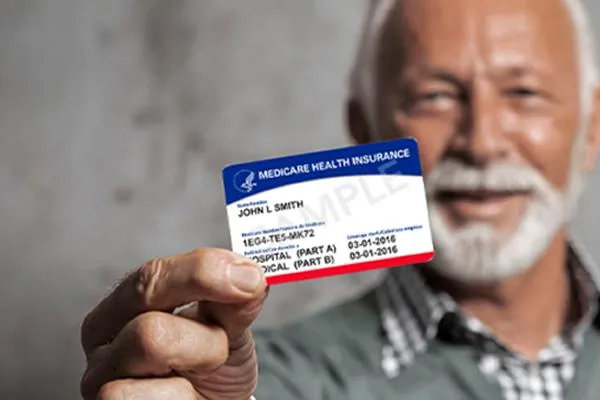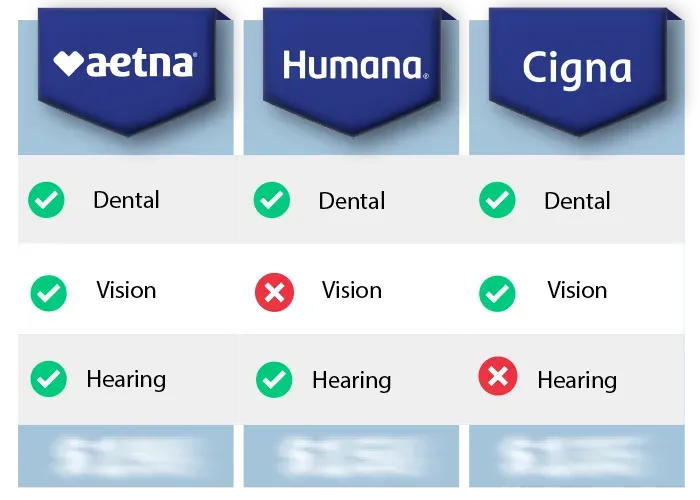
Medicare Part D: The Pillar of Prescription Drug Coverage
Medicare Part D: The Pillar of Prescription Drug Coverage
Medicare Part D, often referred to as Prescription Drug Coverage, stands as a cornerstone in the realm of healthcare. It plays a pivotal role in ensuring that senior citizens and certain qualified individuals receive the medications they need without being burdened by skyrocketing drug prices. But what really is Medicare Part D, and how does it work? In this article, we delve into its intricacies, offering clarity for those considering this as part of their health coverage.
What is Medicare Part D?
Medicare Part D is a government program designed to offer prescription drug coverage to those enrolled in Medicare. It helps beneficiaries handle the costs of their medications, offering both generic and brand-name drug coverage. Since its inception, it has been instrumental in bridging the gap that existed in the Medicare program regarding prescription drug costs.
How Does It Work?
Beneficiaries can enroll in Medicare Part D in two primary ways:
Standalone Prescription Drug Plans (PDPs): Beneficiaries who have Original Medicare (Part A and/or Part B) can opt for a standalone PDP to complement their existing coverage.
Medicare Advantage Plans with Prescription Drug Coverage (MAPDs): Those who choose to enroll in a Medicare Advantage Plan (Part C) might find that their plan also includes prescription drug coverage. These are known as MAPDs.
It's worth noting that premiums, deductibles, and out-of-pocket expenses can vary between different plans. So, it's vital for individuals to research and choose the plan that best fits their medication needs and budget.
Eligibility and Enrollment
To be eligible for Medicare Part D, an individual must be enrolled in Medicare Part A and/or Part B. Enrollment periods are typically set annually, with a specific window allowing beneficiaries to join, switch, or drop their Part D plan.
There are also Special Enrollment Periods (SEPs) for those who undergo certain life changes, such as moving to a new area or losing other creditable prescription drug coverage.
Coverage Tiers and the Donut Hole
One unique aspect of Medicare Part D is its tiered drug coverage system. Medications are placed into different "tiers," each corresponding to a specific cost level. Typically, generic drugs occupy the lower tiers and have lower costs, while brand-name and specialty drugs may be found in the higher tiers.
Furthermore, beneficiaries should be aware of the "donut hole" or coverage gap. After an individual and their plan have spent a specific amount on covered drugs, they may enter this gap. During this period, the beneficiary might pay more out-of-pocket for their medications. However, it's worth noting that there are discounts available to help alleviate these costs.
Benefits of Medicare Part D
Financial Relief: One of the primary benefits is the financial relief it provides to beneficiaries. With coverage for both generic and brand-name drugs, individuals can save considerably on their medications.
Extensive Drug List: Plans under Medicare Part D typically come with a formulary, or a list of covered drugs. This ensures that beneficiaries have access to a wide range of medications, catering to various health conditions.
Peace of Mind: Knowing that one's medication costs are covered brings peace of mind, especially for those on fixed incomes or with chronic health conditions.
Flexibility: With various plans to choose from, beneficiaries can select the one that aligns best with their needs.
Key Considerations
While Medicare Part D is beneficial, it's essential to consider the following:
Always review the plan's formulary to ensure that your medications are covered.
Stay informed about any changes to the plan, as these can impact your coverage and costs.
If considering an MAPD, ensure you understand both the medical and prescription drug aspects of the plan.
Regularly review and, if necessary, adjust your plan during the annual enrollment period.
In conclusion, Medicare Part D is a significant aspect of the healthcare landscape in the U.S., offering invaluable support to Medicare beneficiaries. By understanding its workings and benefits, one can make informed decisions, ensuring optimal health outcomes and financial well-being.

Copyright © 2025 Senior Benefits Guide All Rights Reserved.
204 Church St Suite 1A, Boonton NJ 07005
Disclaimer: This website is not affiliated with the Medicare/Medicaid program or any other government entity. The information provided on this website is for informational purposes only. It is not intended to be, nor does it constitute any kind of financial advice. Please seek advice from a qualified professional prior to making any financial decisions based on the information provided. This website acts as an independent digital media & advertising publisher. This webpage is formatted as an advertorial. An advertorial is an advertisement that is written in an editorial news format. PLEASE BE AWARE THAT THIS IS AN ADVERTISEMENT AND NOT AN ACTUAL NEWS ARTICLE, BLOG, OR CONSUMER PROTECTION UPDATE. This website MAY RECEIVE PAID COMPENSATION FOR CLICKS OR SALES PRODUCED FROM THE CONTENT FOUND ON THIS WEBPAGE. This compensation may affect which companies are displayed, the placement of advertisements, and their order of appearance. Any information, discounts, or price quotations listed may not be applicable in your location or if certain requirements are not met. Additionally, our advertisers may have additional qualification requirements.
Our goal is to provide exceptional service. One of our agents may reach out to you to discuss your order, ask for feedback, and/or see if you need any assistance with your products, services, or plans, at the phone number you provided regardless of your do-not-call list status. You may opt-out of further contact at any time by simply telling our customer service team that you would no longer like to be contacted. In the event that our team is unable to reach you by phone, they may send you a text message letting you know that we called. Both our text messages and phone calls may be sent or connected utilizing automated software. Carrier charges may apply. You may opt-out of any future contact via text message by replying anytime with "STOP".
Copyright © 2025 All Rights Reserved.
Find Medicare Advantage Plans in 3 Easy Steps

